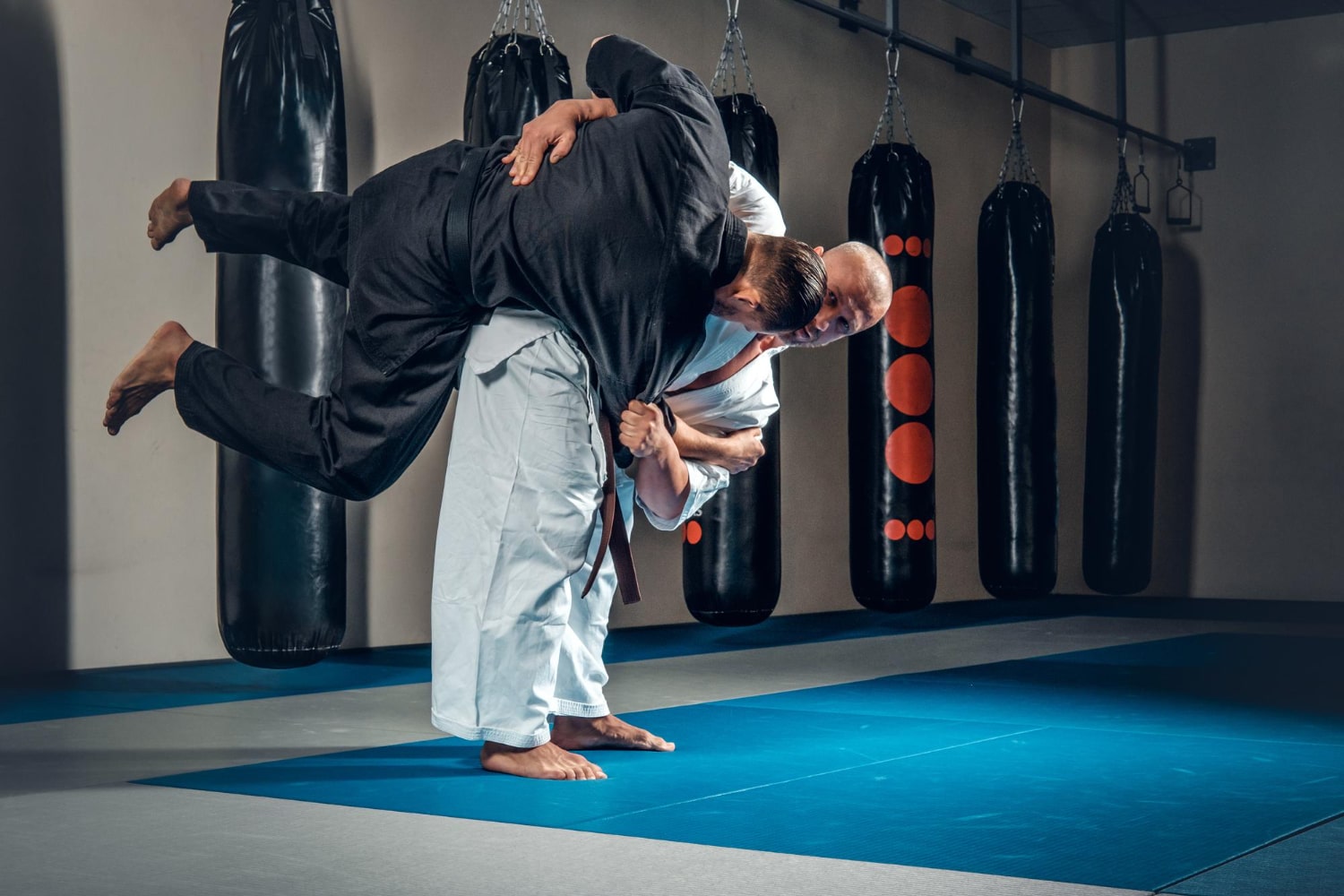Judo is not just a martial art but a profound philosophy that combines physical strength, technical skill and intellectual strategy. This Japanese sport has gained worldwide popularity thanks to its core values of respect, discipline and effectiveness. Though it may appear simple on the surface, judo contains deep knowledge about balance, leverage, mental resilience and control. In this article, we have collected fascinating and surprising facts about judo that you might not know. Some of them may completely change the way you view this unique combat discipline.
- Judo was founded in 1882 by Japanese educator and teacher Jigoro Kano. It was based on techniques from traditional jujutsu but was adapted into a new system that removed brutality. The central idea was to win not with force but with intelligence and technique.
- The word “judo” means “gentle way.” This reflects the principle of using the opponent’s energy against them. Instead of resisting directly, a judoka finds the most efficient way to neutralize the attack with minimal effort.
- Judo does not rely on punches or kicks as its primary techniques. Its foundation consists of throws, holds, chokes and joint locks. This approach minimizes the risk of injury and makes judo accessible to a wide range of people.
- The first judo dojo, founded by Kano, was called Kodokan. It became not only a place for training but also a center for developing a new philosophy of martial arts. Today, Kodokan in Tokyo remains a symbol of traditional judo.
- Judo uses a belt system with various colors to indicate a practitioner’s level of expertise. The path from white to black belt involves years of learning, discipline and self-improvement. Beyond the black belt, there are dan ranks that represent advanced knowledge and experience.
- Judo was the first Asian martial art to be included in the Olympic Games. It debuted at the 1964 Olympics in Tokyo. Since then, judo has been a permanent fixture in the global Olympic movement.
- Women began competing in Olympic judo in 1992. The first official women’s tournament took place in Barcelona. Today, women’s judo is just as dynamic and technical as men’s.
- In many Japanese schools, judo is a compulsory subject. This form of education promotes respect, self-control and physical fitness among children. Martial arts are considered a key part of Japanese national identity.
- The principles of judo apply not only on the mat but also in everyday life. The two main tenets are maximum efficiency and mutual respect. These values make judo not just a sport but a way of thinking.
- Jigoro Kano was the first Japanese person to become a member of the International Olympic Committee. He actively promoted sport as a tool for education and peace. His contributions have been recognized both in Japan and around the world.
- Judo includes over 100 officially recognized throwing techniques. They are classified by direction of movement, point of force application and body positioning. This systematic approach makes learning more logical and effective.
- International judo competitions follow strict rules to ensure participant safety. Striking, finger grabbing and overly aggressive moves are prohibited. As a result, judo is one of the safest martial arts in terms of injury risk.
- Judo referees must possess deep technical knowledge and understand the spirit of competition. Their role is not only to assign points but also to uphold the sport’s code of ethics. Decisions often rely on very subtle details.
- After every match, judokas bow to each other. This shows mutual respect regardless of the outcome. Such tradition teaches humility and sportsmanship in both victory and defeat.
- International rankings for judokas are based on tournament participation, wins and opponent quality. Reaching the top of these rankings is a major career achievement. It requires constant training and high-level discipline.
- In many countries, judo techniques are used by law enforcement. They allow officers to neutralize suspects effectively without causing serious injury. This makes judo a practical tool for public safety.
- Judo has a positive impact on mental and emotional health. Regular training reduces stress, improves concentration and builds self-confidence. It is one of the few sports that develops both body and mind.
- In 2011, UNESCO recognized judo as the best initial sport for children. The recognition was based on its role in developing motor skills, coordination and social abilities. Judo is recommended for raising well-rounded individuals from a young age.
- Every judo technique has a Japanese name that reflects its meaning. For example, “seoi-nage” means “shoulder throw,” and “o-soto-gari” means “large outer sweep.” Learning the terminology helps deepen understanding of the art.
- Judo is growing on every continent and ranks among the top ten most practiced sports in the world. Hundreds of thousands of coaches, millions of participants and thousands of clubs compete in national and international events each year. Its popularity continues to rise, even in remote regions.
These amazing and interesting facts about judo show that it is more than a technical sport. It is a comprehensive system of character building, disciplined thinking and personal development. Judo teaches respect, forms inner strength and fosters balance without aggression. The deeper you explore it, the more clearly you see its true value.





